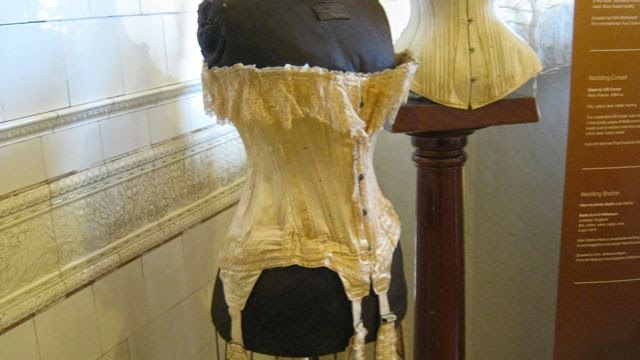I think it started when I was a kid. I read every book I could lay my hands on and didn't care what sort of book it was, as long as it entertained me. So I don't get it when people tell me "I don't read historicals" or "I only read historicals" or "I don't read paranormals" or "I only read contemporaries" or whatever.
I got a letter from a reader recently telling me that she doesn't usually read historicals, she always thought they were boring, but she was given a copy of one of my books. It sat there for ages, and she was going to give it away, but she started reading it one day when she had nothing else to read — and now she's bought the rest in the series.
I have a number of letters like that. I think that's the key to liking any subgenre - you just have to find one book or author you like, and it opens you up to others.
A historical author group is promoting a "Fall back in time" campaign, where people post selfies with a favorite historical romance. So here's a couple of pics of me, with two of my fave Georgette Heyers. I first read her when I was a kid, and I've reread some of her books umpteen times — they're some of my favorite comfort reads.
What I love about these books is that they're funny and lively. Venetia is the most romantic - it's about a bad-boy rake and a beautiful heroine who is very much a match for him. But there's some very funny moments — he's the kind of rake who can charm women, and to see him bend "nurse" around his thumb is a delight.
The Unknown Ajax is about a gorgeous hero who is so quietly self-confident that when he realizes everyone thinks he is some illiterate clod, can't resist playing up to the role.
I'll post a few more favorites — other authors I love — in a few days. In the meantime, do you have a fave historical?




















































